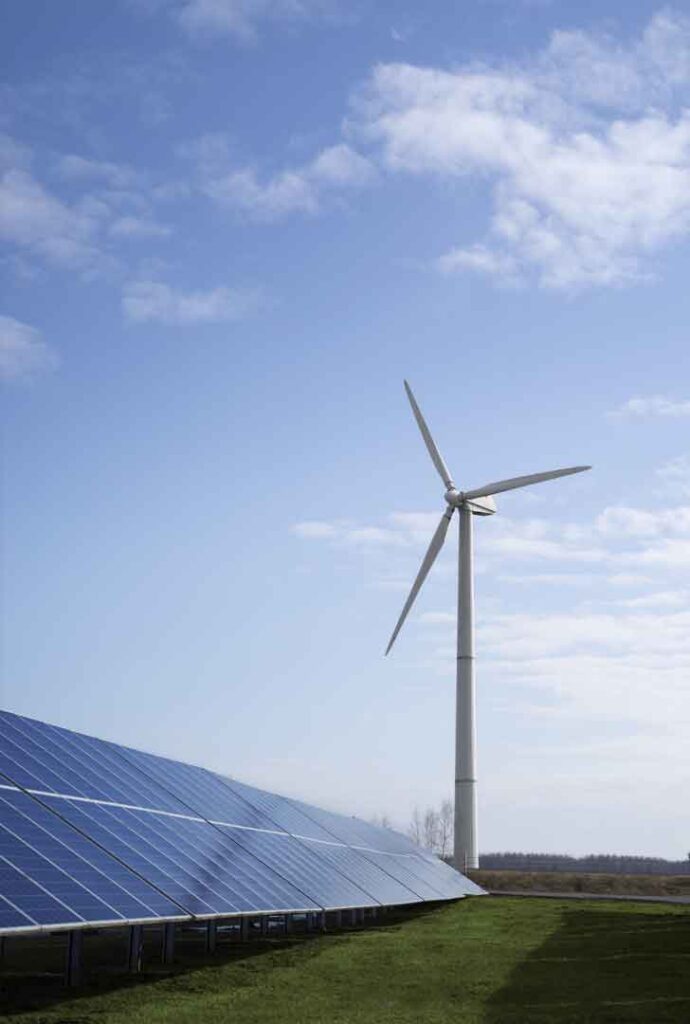SOLAR ENERGY SYSTEMS
Basic Types:
Photovoltaic (PV) Systems:
- PV panels are systems that convert sunlight directly into electrical energy. When sunlight hits the panels, the semiconductor materials inside the panel (usually silicon) generate electricity.
- On-grid (Grid-Connected Systems): Electricity production is fed directly into the grid. When there is excess production, this energy can be sold to the grid. When energy is needed, it is drawn from the grid.
- Off-grid (Off-Grid Systems): These systems, which are not connected to the grid, typically use batteries to store energy. They are preferred especially in rural areas or regions far from the grid.
Solar Thermal Systems:
- These systems use solar energy to produce heat energy for purposes such as water or air heating. The energy captured from the sun using solar collectors is used for heating and hot water in homes or commercial buildings.
- Flat Plate Collectors: These are panels that absorb sunlight and heat a liquid. They are primarily used for hot water production in homes.
- Concentrated Solar Power (CSP) Systems: These systems concentrate sunlight at a single point to achieve high temperatures and use this energy to generate electricity. They are preferred for larger-scale energy production facilities.


Hybrid Systems Powered by Solar Energy
- These systems are used in conjunction with solar energy, wind power, diesel generators, or other energy sources. They are particularly used in areas where energy continuity must be ensured.
Sustainable Energy Source
Solar energy is an unlimited and renewable resource.
Environmentally Friendly
Unlike fossil fuels, solar energy does not produce carbon emissions and does not harm nature.
Energy Cost Savings
Generating your own energy reduces your electricity bills and protects you from increases in energy prices.
